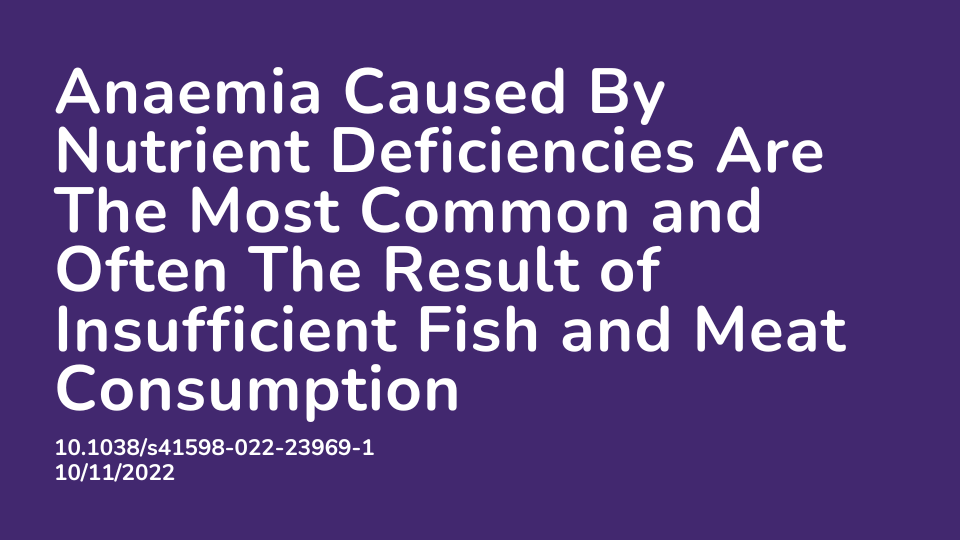Summary:
Iron deficiency anaemia (IDA) is a major concern and the most prevalent anaemia worldwide among children and pregnant women. Iron deficiency in children has serious consequences as iron is required for cognitive and mental development. Iron also plays an important role in the immune system and a deficiency increases a child’s vulnerability to infections. IDA in pregnant women can result in complications such as fatigue, reduced physical and cognitive abilities and increased vulnerability to infections and mortality. The development of a healthy fetus is also dependent on sufficient iron levels and is required to reduce risk of stillbirth, premature delivery, neurological issues and high blood pressure. This study aims to establish the prevalence of IDA among people in Saudi Arabia and understand its contributing factors such as social demographics, dietary habits and lifestyle choices. The authors findings showed that the prevalence of IDA is high and children under 10 and females are the most impacted. Second to children and women, unmarried adults over 40 who are not Saudi Arabian were the next impacted cohort. It was also evident that sufficient iron is not consumed in the diet or via supplements and intake of fish and red meat is low. These results highlight that education regarding diet and iron deficiency anaemia is critical in order to protect the most impacted cohorts as well as the health of children, both born and unborn.
Abstract:
Iron deficiency anaemia is known to be one of the most common disorders that are associated with malnutrition. This study was conducted to form an understanding of the prevalence of Iron deficiency Anaemia (IDA) and evaluate its risk factors among the residents of the northern Asir Region, Saudi Arabia. Understanding the prevalence of IDA in different populations is important not only for therapeutic purposes but also for preventing the development of IDA in a given community. Moreover, this study was conducted to raise awareness about the significance of following iron-rich diet among high-risk groups such as women and children. This study collected data from 683 anaemic patients who are enrolled at the haematology unit in the Department of Internal Medicine at King Abdullah Hospital, Bisha Saudi Arabia. 398 participants who have IDA were included in this study where the collected data from the subjects included Age, gender, education, marital status, nationality, consanguinity, dietary habits and the clinical presentation of the participants. Our findings have shown that the prevalence of IDA among the participants is 58.27% where children under the age of 10 and females are the most affected individuals. Adults over 40, unmarried, and non-Saudis represented the second most affected portion of the subjects. IDA was prevalent among participants who shared the same ancestors and individuals with limited education. Moreover, participants did not consume sufficient iron and iron enhancing food or supplements. Inadequate iron intake is a major risk factor for anaemia. Low red fish and meat consumption contributed to the increase in ID. Findings highlight the need to raise awareness about the importance of a balanced diet and regular consumption of iron-containing food.
Article Publication Date: 10/11/2022
DOI: 10.1038/s41598-022-23969-1



